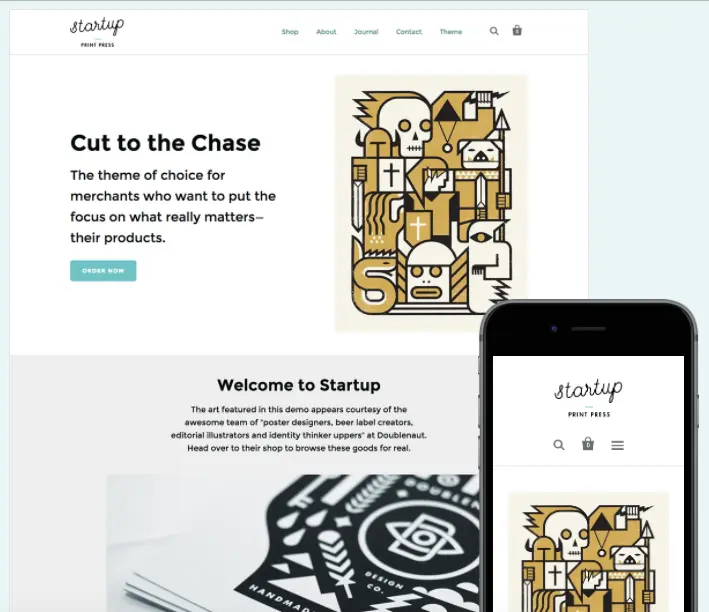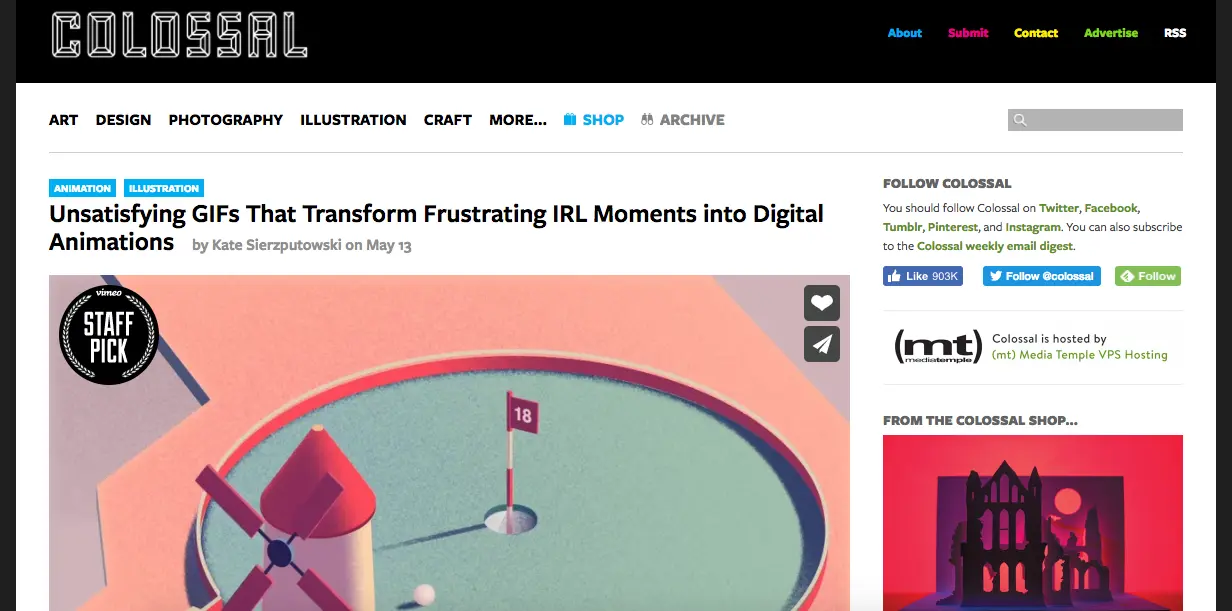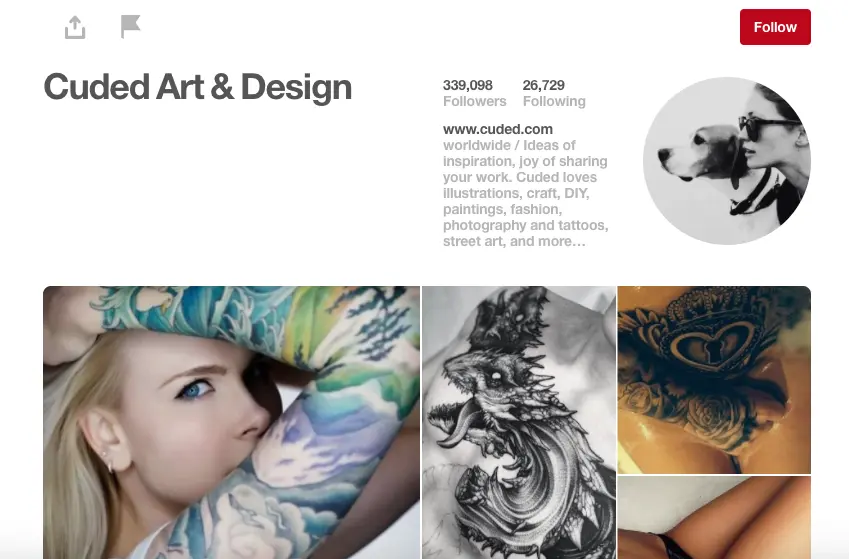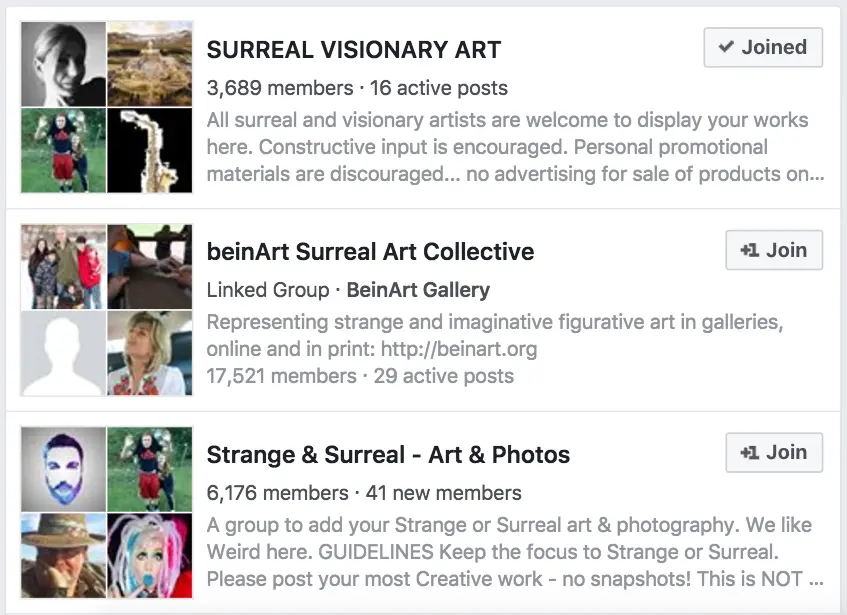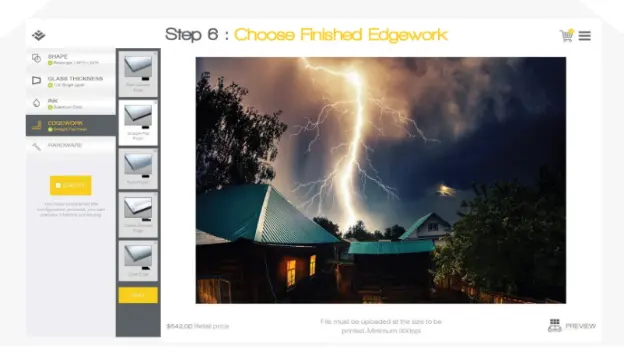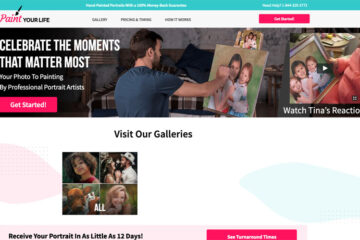Nearly every graphic artist shares their work on Behance, Flickr, Deviantart, CafePress, and the list goes on. Of course, you know about Etsy, Pinterest, Instagram, Amazon, eBay, Craigslist, and many more. But, there are many obscure corners of the internet that you probably haven’t heard of or just didn’t think to try yet. Leverage these ideas (while the competition isn’t cutthroat) to increase the prospect of artwork visibility.
This is What You Need to do Before Marketing Your Art
Before you start promoting your art on these or any other channels, it’s smart to establish your own artist website. Rather than just post your work in a gallery on some other website, make sure it’s ready to sell on a personalized, professional site. Avoid hiring a web designer by utilizing a reliable, pre-built eCommerce theme that makes art sales simple.
After your website is established, link to it from all of your online profiles including social media, online galleries, and bios for any articles you write or interviews you partake in. As you naturally interact online, people will easily discover your work and hopefully make purchases.
1. Write Articles & Tutorials for Art & Design Blogs
Influencer marketing is the cornerstone of online promotions; the idea is that you help someone who already has a following and they help you by promoting your work. Blog owners are usually happy to receive valuable content to share with their readers. In exchange for articles from you, many of them will allow you to post a link to your website in your author bio.
[Colossal is an blog that accepts guest articles in art, design, and illustration categories.]
Start by reaching out to art blogs that accept guest posts. Pitch your ideas to the blog editors and negotiate topics, then write articles that would appeal to readers who might want to purchase your art. The trick is to be authentic and focus on topics that you know about. Tutorials are an excellent way to showcase your expertise. Pop a link to your art website and social media profiles in your author bio to start building your following.
Bonus Tip: If you’re not an expert with wordplay, employ a writing service or hire a freelancer to create content for you.
2. Build Relationships With Micro-Influencers
This is another instance of, “I’ll scratch your back. You scratch mine.” Micro-influencers are niche-authorities with a small following of extremely loyal fans. Seek out leaders in your niche, no matter how small, and network with them.
[Cuded is an art & design micro-influencer with over 300K Pinterest followers.]
When you set out to create a mutually-beneficial relationship with a micro-influencer in the art realm, don’t expect anything in return — just focus on scratching their back and allow the relationship to unfold naturally. There’s nothing more desperate than shameless self-promotion.
3. Share Your Work in Niche Art Groups on Social Media
What sort of designs do you create? Are they Gothic? Surreal? Visionary? Illustrations? Do a quick search for social media groups that would welcome your work and start interacting. Focus more on being helpful than self-promotional (remember, if you follow the advice from earlier you have a link to your website on your social media profile and people can organically discover your work).
LinkedIn and Facebook groups are diverse. There’s a gathering for nearly every art niche. Do a quick search for your style (Surreal, industrial, etc.) and request to join the groups where your style is already welcomed.
4. Run a Clever Social Media Contest
If you haven’t run a social media contest to promote your art, this is an idea you have to try. Choose a social media contest platform, launch your promo, and cross-promote on your website, social media profiles (share to the groups you’ve joined), and artist platforms.
Video has become increasingly popular on Facebook since the introduction of live streaming. Some artists are already leveraging it with time-lapse videos of the art creation process. Rob Mack Psychedelic Artist used this tactic to generate nearly 230 shares from one video. Get in on this trend while it’s still fairly new.
Bonus Tip: Print Artwork in a New Medium & Watch for Upcoming Artist’s Gallery
You’ve probably printed your work on paper, canvas, and coffee mugs already. And, you’ve likely heard of glass prints, but you haven’t seen them like this. If the upcoming artist’s gallery had already launched, Illuma Studios’ Digital Ceramic Printing in Glass offering would have been number one on this list.
Right now, you can print your artwork in a medium that harnesses layering, opacity and translucency, and heat-tempered infusion of ceramic ink into sheet glass for archival quality, revolutionary prints with nearly no size or shape limitations. Soon the company claims that you will have the opportunity to feature your artwork for print-on-demand ordering by their clientele. If you sign up for the mailing list, you will be the first to know when the gallery launches.
Conclusion
Most available art promotion avenues are saturated with heavy competition. By following the ideas above, you may be able to rise up and come out on top — there’s no reason to be a “starving artist” when you have the power of the internet at your fingertips. Try these novel marketing channels and share your results in the comments.
Author Bio: Mitch Pazanski is head of the art department at MightySkins.com, a custom decal provider that produces wraps for a variety of devices and gadgets. Mitch spearheads the art for a variety of designs, ranging from cell phones and laptops, to more unique items like Amazon Echo and Google Home skins.

